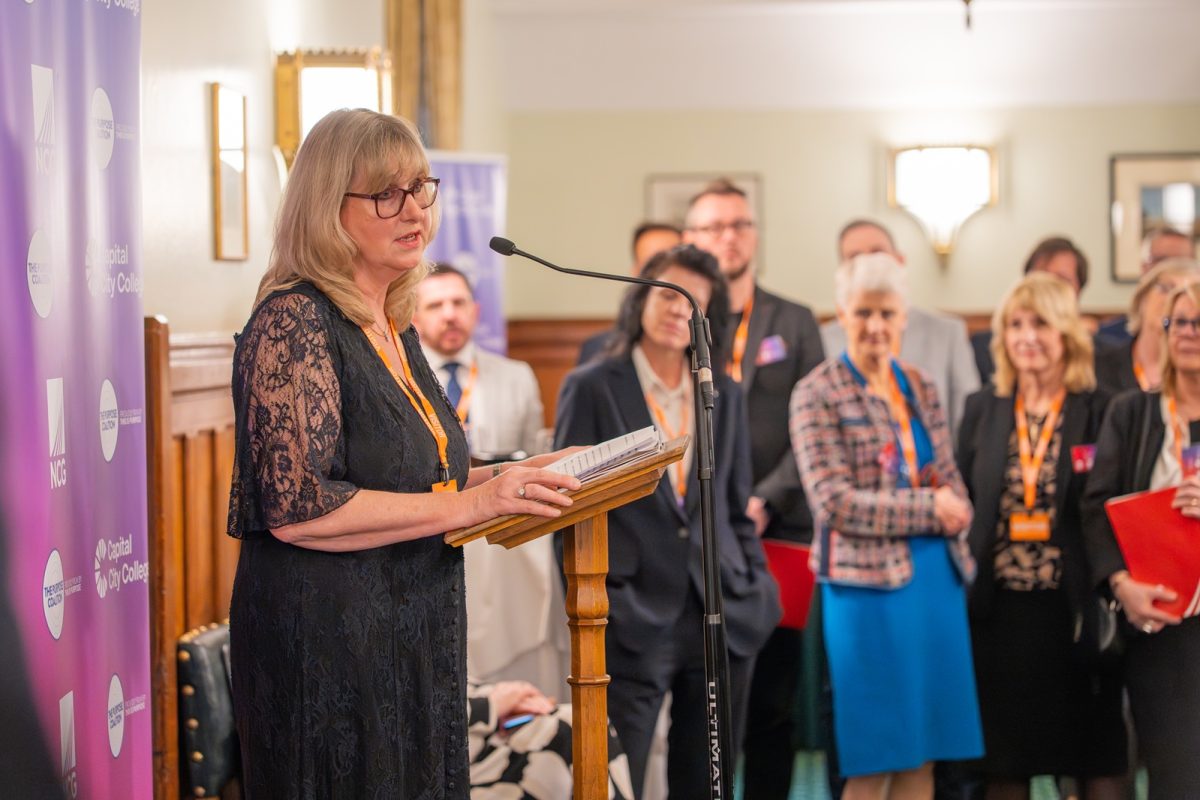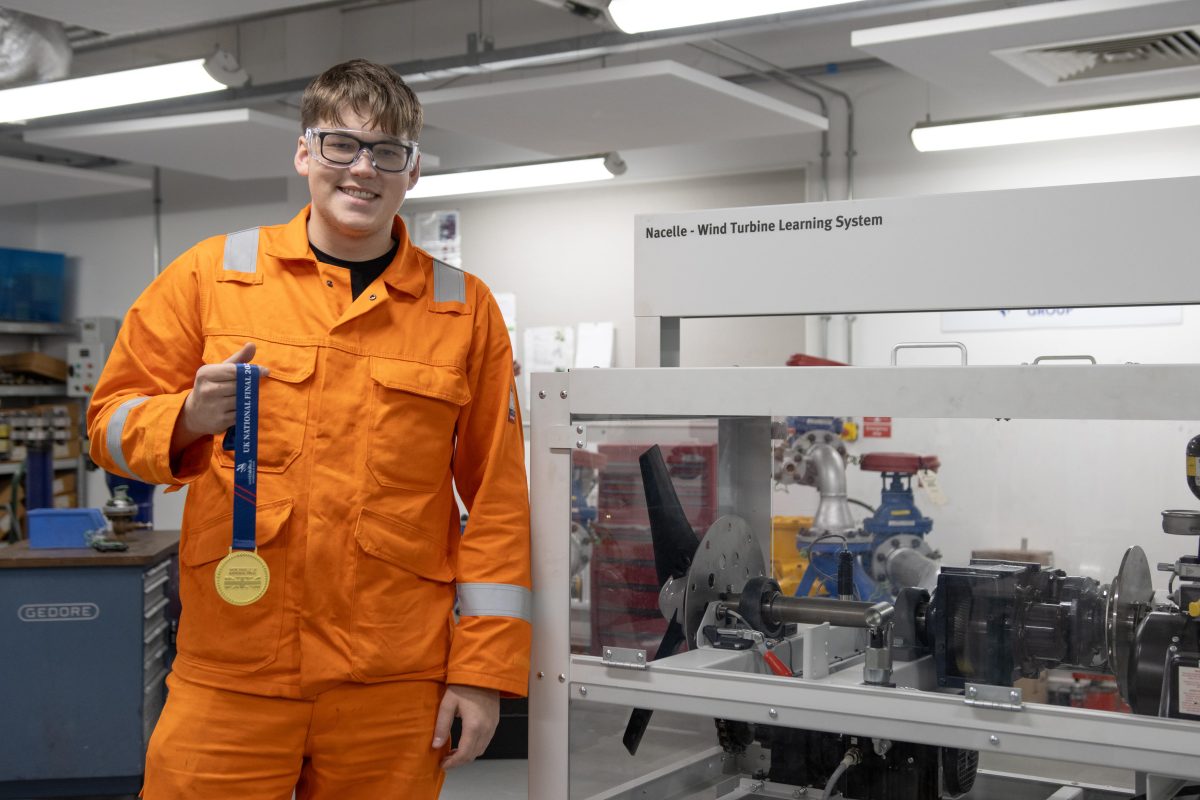Thousands of children in care being ‘failed by the state’ because of a broken residential care home market, Children’s Commissioner warns

Anne Longfield, Children’s Commissioner for England, is today publishing a set of reports showing how the children’s residential social care system is broken and is failing many of the most vulnerable children, in particular those who are most at risk of falling through gaps in the system and becoming victims of criminal or sexual exploitation. Today’s reports are the start of a series of interventions by the Children’s Commissioner this month on the issue of children’s social care.
- Children’s Commissioner publishes a series of reports into the state of children’s care provision in England, warning a failure to provide enough high-quality places means there are thousands of children that the system “doesn’t know what to do with”
- Some children feel ‘dumped’ in “disgusting” homes far away which can feel “like a prison cell” or even rat-infested.
- Anne Longfield argues that Government’s failure to respond to several previous highly critical reports suggests a “deep-rooted institutional ambivalence” to the plight of vulnerable children in care
- Children’s Commissioner also publishes a report on the growing use of private provision in the children’s care system, revealing a fragmented, uncoordinated and irrational system which allows companies with complex ownership structures to make significant profits
The first report, ‘Crisis in residential care: how children are being betrayed by the state’, is the culmination of three years of wide-ranging research into children’s homes. It highlights the issues faced by certain groups of children in care for whom the system is not working, including:
- The 8,000 children who have three different homes within a single year
- The 13,000 children who end up in unregulated homes at some point during the year
- The hundreds of children who need a place in a secure children’s home but cannot get one anywhere in England
The paper details the experiences of these children, including constant moves. One teenager talked of being placed 8 hours from her hometown and not seeing her Mum for months. Other children say they felt “dumped” in areas they had never heard of and could not identify on a map, only to then be isolated at home for months waiting for a school place.
The second report published today, ‘Private Provision in Children’s Social Care’, explores the growth of private companies providing foster placements and children’s homes. It warns there is a clear lack of planning and oversight for the market, leading to an increasingly fragmented, uncoordinated and irrational market. Private provision accounts for 73% of the growth in the number of children in care between 2011 and 2019. The number of children in in homes provided by the private sector has grown by 42% over this period whereas local authority provision has not kept pace and has actually shrunk in some areas. The Children’s Commissioner argues that the responsibility for making the system work has fallen through the cracks: the growth in private provision may not have been a deliberate policy choice but it is a consequence of government inaction along with the options and funding available to local authorities.
The report finds that certain large providers are seeing a profit margin of around 17% on fees from local authorities, which can amount to over £200 million a year in total. It looks at how the companies providing these services are increasingly being owned by private equity firms and raises questions about the way some large private providers are financed, with high levels of debt that could potentially create instability in future. It also shows how opaque the system has become, with detailed and complex investigation needed to understand the ownership, accountability, profits, costs, and prices of different providers – and the situation changing rapidly.
As part of this research, the Children’s Commissioner’s Office spoke to children in care and care leavers about their experiences of the care they received from providers. Most were not concerned by who owned their care home, but they did care deeply about the care they receive and the people who give it.
The report shows that differences in the quality of care – as measured by Ofsted ratings – between local authorities and large private providers are generally small, but smaller private providers are more likely to have worse Ofsted ratings than large private providers. At the same time, however, the majority of children’s homes are rated “Good” or “Outstanding”, regardless of whether they are run by local authorities or the private sector.
The third report published today, “The 2020 Stability Index”, is the Children’s Commissioner’s fourth annual study of the instability that children in care experience. This year’s update shows that:
- 1 in 10 children in care moved home at least twice in 2018/19, while 1 in 4 moved home at least twice in two years. Just over 11% of children care enrolled at school in 2019 had a change of school during the school year. These rates have generally not improved since 2015/16.
- 6,500 children in care had three or more home moves over the last two years, meaning they had at least four separate homes to live in over two years.
- Older children are more likely to experience multiple home moves. Rates are highest amongst 12-15-year-olds who have recently entered care: nearly 1 in 5 of this group moved home two or more times in 2018/19.
Following today’s reports, the Children’s Commissioner is making a number of recommendations to improve the provision of children’s social care in England, including that:
- Councils should prioritise using their capital budgets to increase their children’s home capacity. They should also collaborate more in terms of commissioning, making better use of their power as purchasers to shape the market. This does happen but needs to be far more widespread, and better guided by the needs of children.
- The Government must set out quickly a strategy to improve capacity, stability, quality and costs in residential care, in response to previous reports on these issues from the Children’s Commissioner, the National Audit Office, the Public Accounts Committee, and the Housing, Communities and Local Government Select Committee.
- A central body (whether DfE, Ofsted or a new regulator) should be responsible for assessing current and future levels of need for care provision, both locally and nationally. It should also be charged with monitoring what provision is in place, to provide oversight and assurance that the right provision is available in the right areas at the right price. If additional funding is needed to ensure this, then this body should determine how much and ensure that government provides it.
- The Government should launch the Care Review promised in the Conservative manifesto with an independent chair and a remit to consider the broad structure of children’s care provision and build a system that is more transparent, accountable and outcome-oriented.
- The DfE or Ofsted should collect standardised, detailed and timely information on services and prices across all providers in the care sector, including information on costs, as well as measures of quality and outcomes. Local authorities would also be able to compare prices against this database to ensure they are not paying more than other areas for the same quality of provision.
Anne Longfield, Children’s Commissioner for England, said:
“These reports focus on the children that Government has been ignoring and seemingly doesn’t know what to do with: those in the care system systemically let down because there isn’t a good, safe, welcoming home for them.
“Only last month, a High Court judge wrote to me after an extremely vulnerable child in care could not get a suitable care home place anywhere in the country, even though the courts had found that their life was in danger. These shocking cases used to be rare but are now routine, and I am worried the whole system is becoming immune to the devastating effect this is having on children who may have previously been abused and neglected, or have serious mental or physical health needs. These children are being failed by the state.
“The growing reliance on private providers, some of whom are making millions, is another symptom of a system failing to prioritise the needs of children. Both the government and councils have failed in their responsibilities by leaving it to the market. Many homes run by the private sector are excellent, but there are not enough of them, and they are not always in the right places.
“There are many tireless staff who provide excellent care, and many children in care are happy and doing well. But over the last five years, I have seen the system left to slip deeper into crisis, seemingly unable to stop some of the most vulnerable children from falling through the gaps, and buckling under financial pressures. Nobody seems to have a grip, despite repeated warnings from myself, Parliament and the National Audit Office.
“The Government needs a strategy to fix problems that it already knows exist. It must also launch the independent review into children’s social care promised in the Conservative manifesto.”
 Tulip Siddiq MP, Labour’s Shadow Minister for Children and Early Years, said:
Tulip Siddiq MP, Labour’s Shadow Minister for Children and Early Years, said:
“Children’s homes should be a safe haven, but a decade of Conservative cuts and poor regulation have left far too many children at risk of exploitation and neglect.
“The Government should have acted to protect children from increased threats in lockdown, but instead Ministers used the pandemic as an excuse to water down their rights. There is still no sign of progress on the long-promised children’s care review, despite the fact that we’ve known about problems in residential care for a long time.
“A strategy to safeguard these vulnerable children is urgently needed, alongside a plan to fix our broken social care system.”
A Department for Education spokesperson said:
“The Education Secretary has been clear that no child should be denied the opportunity for a loving, stable family life, or be ‘bounced around’ the care system in accommodation that does not meet their needs. We have also set out that children under the age of 16 should not be living in unregulated homes.
“Our bold, broad and independently-led Care Review will launch as soon as possible, and will support improvements in the children’s social care system. This will build on the millions we have invested in secure children’s homes and in projects designed to increase capacity and improve how places for these children are commissioned.”
“Supporting the most vulnerable children in the country is a priority for this Government, and every young person in care deserves appropriate, safe accommodation that supports them in the best way possible.
“We have invested £200 million in our children’s social care Innovation Programme through projects to increase councils’ capacity and improve commissioning practice.
“The Government has consulted on banning under-16s from being placed in unregulated accommodation, and bringing in mandatory national standards for settings that accommodate those aged 16 and 17. The consultation can be found here.
“We will be setting out our plans for ensuring the high-quality of semi-independent and independent accommodation in due course.
“The Education Secretary’s recent speech on adoption made clear that a lack of adoptive parents is in children being “bounced around the system” as they wait for a family.
“We are supporting councils through this time by providing £4.6 billion of additional funding to address any pressures they are facing, including within children’s social care.
“We have invested in increased capacity at the NSPCC helpline for anyone concerned about a child’s welfare.
“We have provided £7 million to the See, Hear, Respond service led by Barnardo’s, as well as online and face to face support, this includes youth work and crisis support particularly for those at risk of or experiencing various forms of exploitation, including criminal exploitation.”











Responses